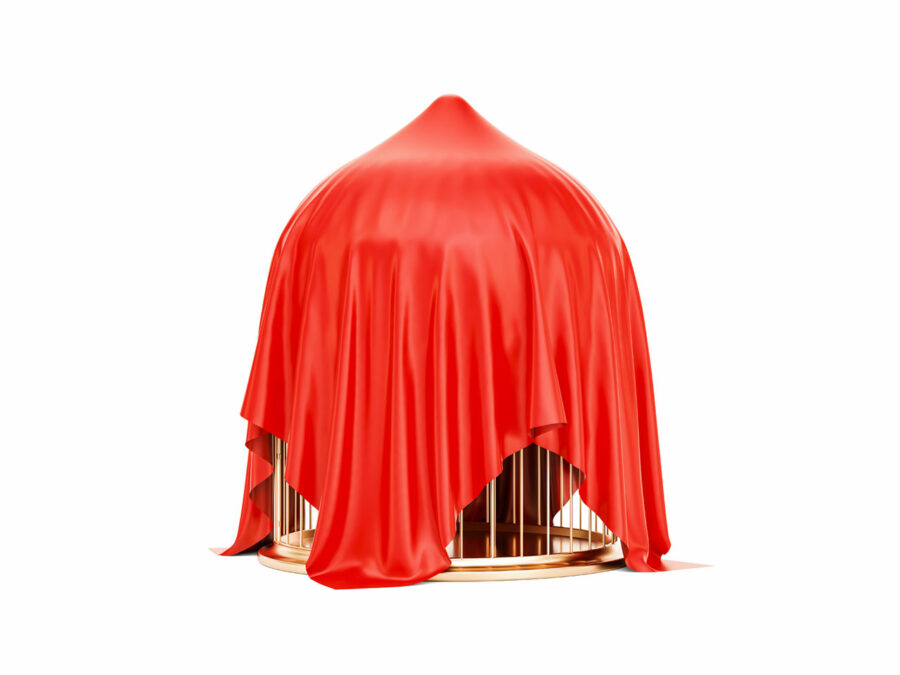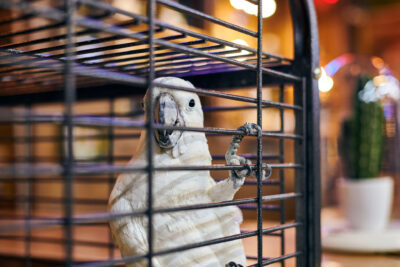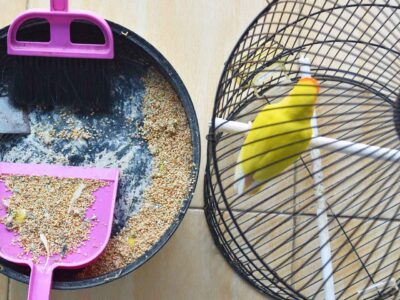
Tips for Keeping Your Pet Bird Warm During Winter
As the winter months bring chilly temperatures, it’s important to take extra precautions to ensure that your pet bird stays warm and comfortable. Birds are naturally equipped with feathers that provide insulation, but for many pet birds—particularly those not acclimated to cold weather—additional measures may be necessary. Read on for some essential tips to help keep your feathered friend warm during winter.
Adjust the Cage Location
The location of your bird’s cage can significantly affect its warmth. During the cooler months, it’s particularly important to move the cage away from drafty windows, doors, and vents where cold air may seep in. Instead, position it in the warmest room of your home, away from direct airflow. If possible, place the cage against an interior wall rather than an exterior one in order to minimize exposure to the cold.
Use a Cage Cover
Covering your bird’s cage at night can help retain heat and make your pet feel more secure. Use a breathable, insulated cage cover designed for birds, making sure to leave adequate room for ventilation. It’s best to avoid heavy materials that might restrict airflow, and keep the cover dry to prevent trapping moisture, which can make the cage damp and chilly.
Provide Warmth with a Heated Perch or Thermal Panel
Investing in a heated perch or thermal panel can be an excellent way to provide consistent warmth for your bird. Heated perches are specifically designed to keep your bird’s feet warm, which is critical since birds can lose a great deal of heat through their feet. Thermal panels, on the other hand, attach to the side of the cage and provide gentle, radiant heat, creating a cozy environment without overheating.
Monitor Room Temperature
For most pet birds, living in a space where the temperature ranges from approximately 65 to 85°F is ideal, so strive to maintain a steady temperature within this range in the room where your bird resides. Use a digital thermometer to monitor the temperature, and consider using a space heater if needed. However, ensure that the heater is bird-safe—meaning that it doesn’t emit harmful fumes or use non-stick coatings, which can release toxic chemicals—and never leave the appliance running unattended.
Add Extra Bedding or Nesting Material
For birds that enjoy nesting, winter is a great time to add some extra shreddable material to their cage. This will allow them to create a cozy space and retain body heat. For species such as finches or canaries, consider providing a small, enclosed nesting area for additional insulation.
Provide a Healthy, High-Energy Diet
A proper diet plays a crucial role in keeping your pet bird warm. Birds burn more calories in colder weather to maintain their body heat, so offering a slightly higher calorie intake can be beneficial at this time of year. Therefore, consider supplementing their regular diet with nutrient-rich foods like warm cooked grains, seeds, nuts, and bird-safe vegetables. Always ensure that your bird’s food and water dishes are accessible and kept at room temperature to prevent freezing.
Encourage Exercise
Physical activity is a natural way for birds to generate body heat, so provide them with plenty of opportunities to move around and play—whether it’s within their cage or during supervised out-of-cage time. Toys that encourage climbing, flapping, or foraging can keep your bird active and warm.
Be Mindful of Drafts
Even small drafts can lower the temperature around your bird’s cage. Check for gaps around windows and doors, and seal them with weatherstripping or draft blockers. Additionally, try to avoid opening windows or doors near the cage during cold weather.
Use a Humidifier
Winter air can be dry, especially in heated homes, which isn’t ideal for most pet birds. Using a humidifier can help maintain a comfortable level of humidity, thereby preventing dry skin and respiratory issues. Opt for a bird-safe humidifier, and be sure to clean it regularly to avoid mold or bacteria buildup.
Observe Your Bird Closely
Watch for signs that your bird might be too cold, such as fluffing up their feathers, acting lethargic, or sitting with their beak tucked into their chest. If you notice these behaviors, take immediate steps to warm them up and consult an avian vet if the symptoms persist.
Plan for Power Outages
In case of potential power outages caused by winter storms, have a backup plan to keep your bird warm. Portable heaters, hand warmers, or even wrapping the cage in layers of blankets can provide temporary warmth. Always supervise these methods to ensure that your bird (and your home) remain safe.
Keeping your pet bird warm during winter requires a combination of preparation and attentive care. By making thoughtful adjustments to their environment, diet, and daily routine, you can ensure that your feathered friend stays cozy and healthy even in the coldest months. Looking for products to keep your bird healthy and comfortable during the winter and throughout the year? Find a pet retailer near you with our handy locator tool!





